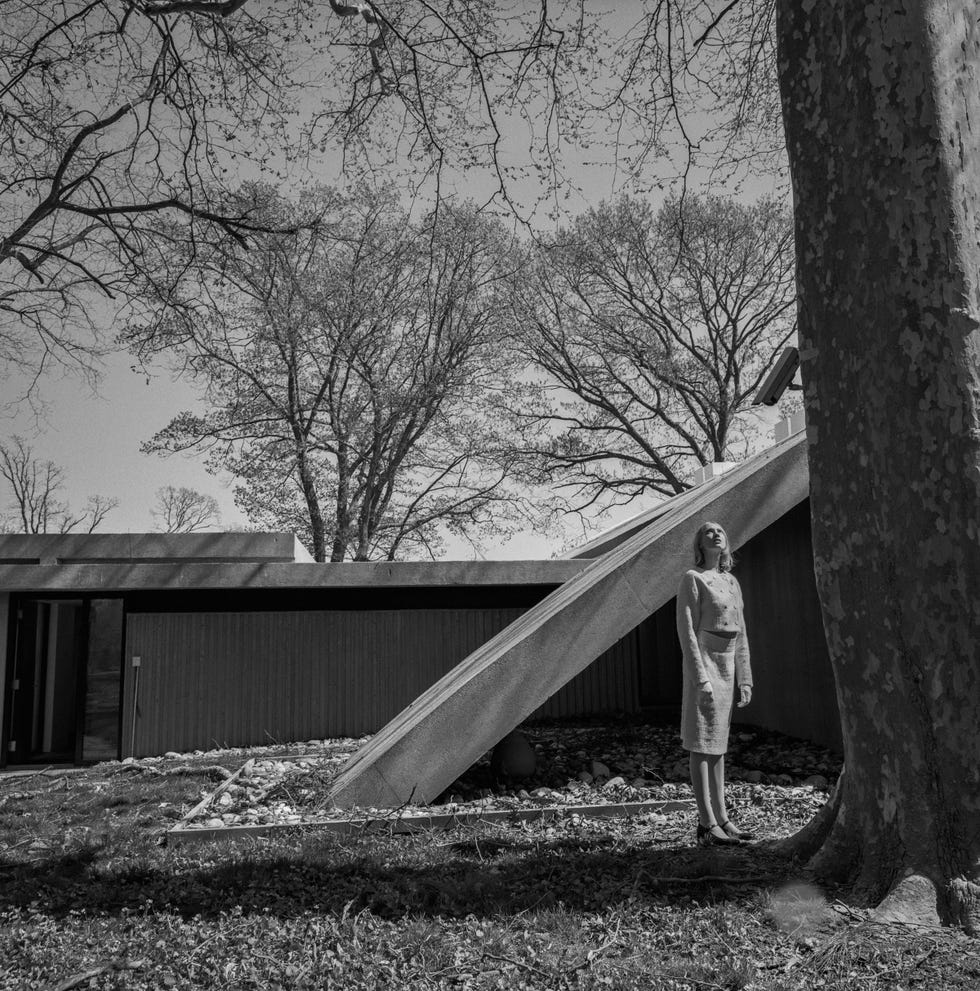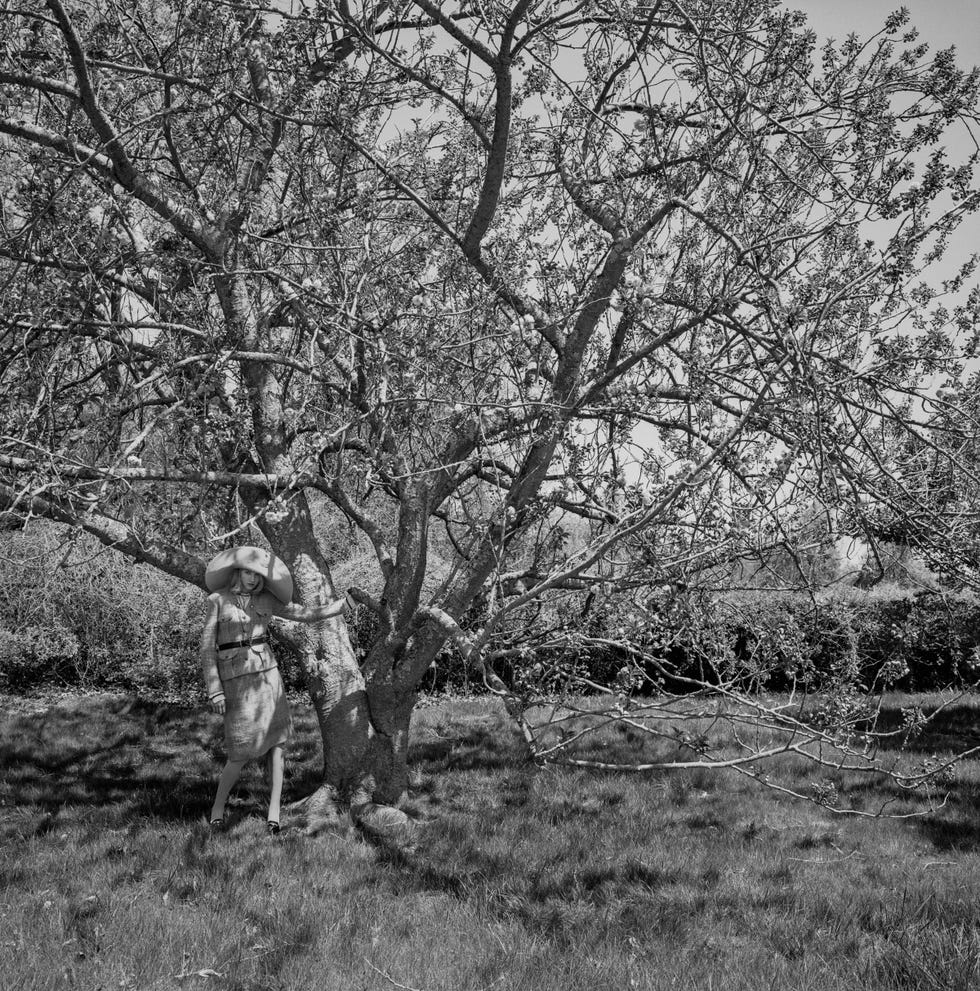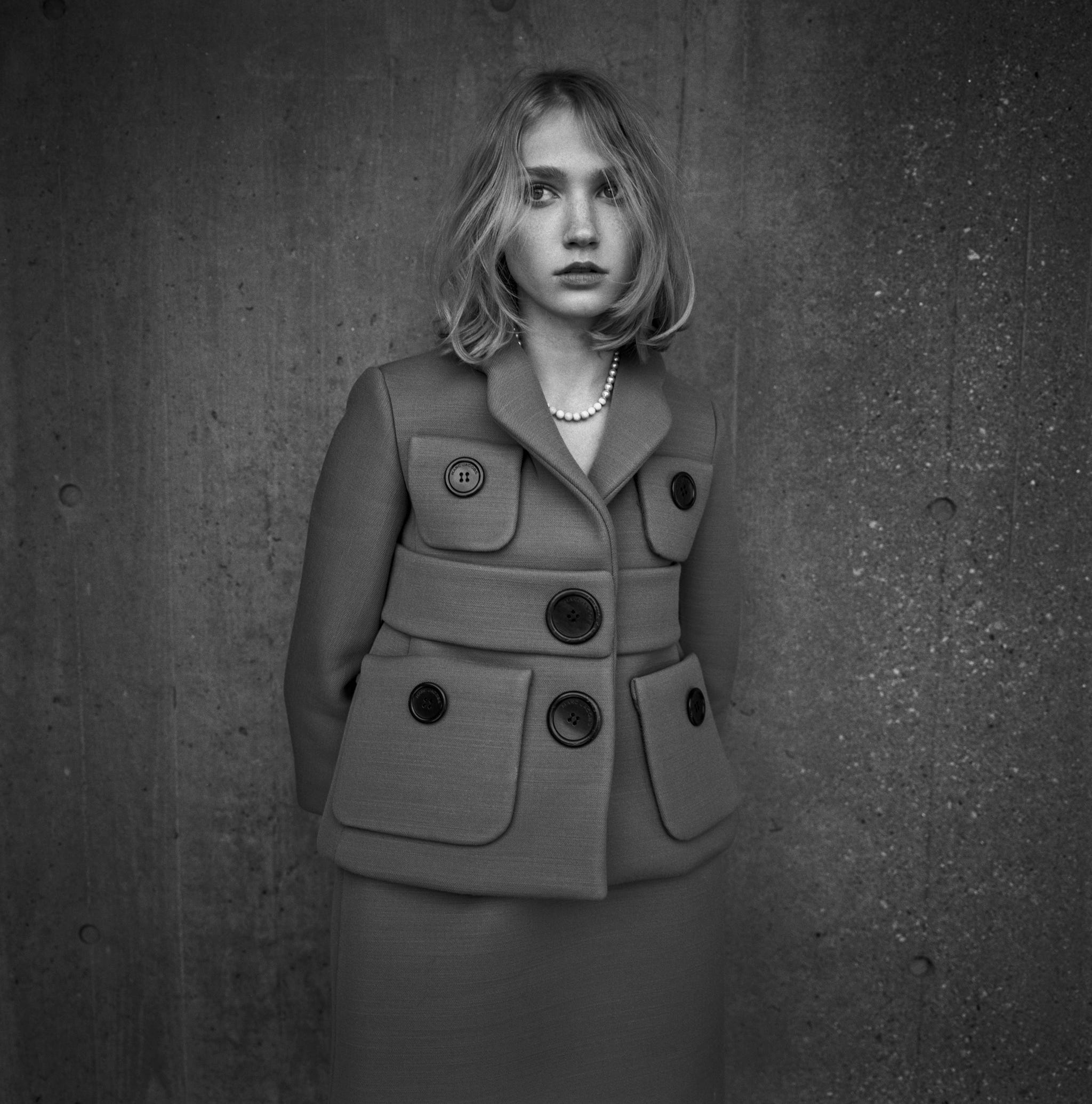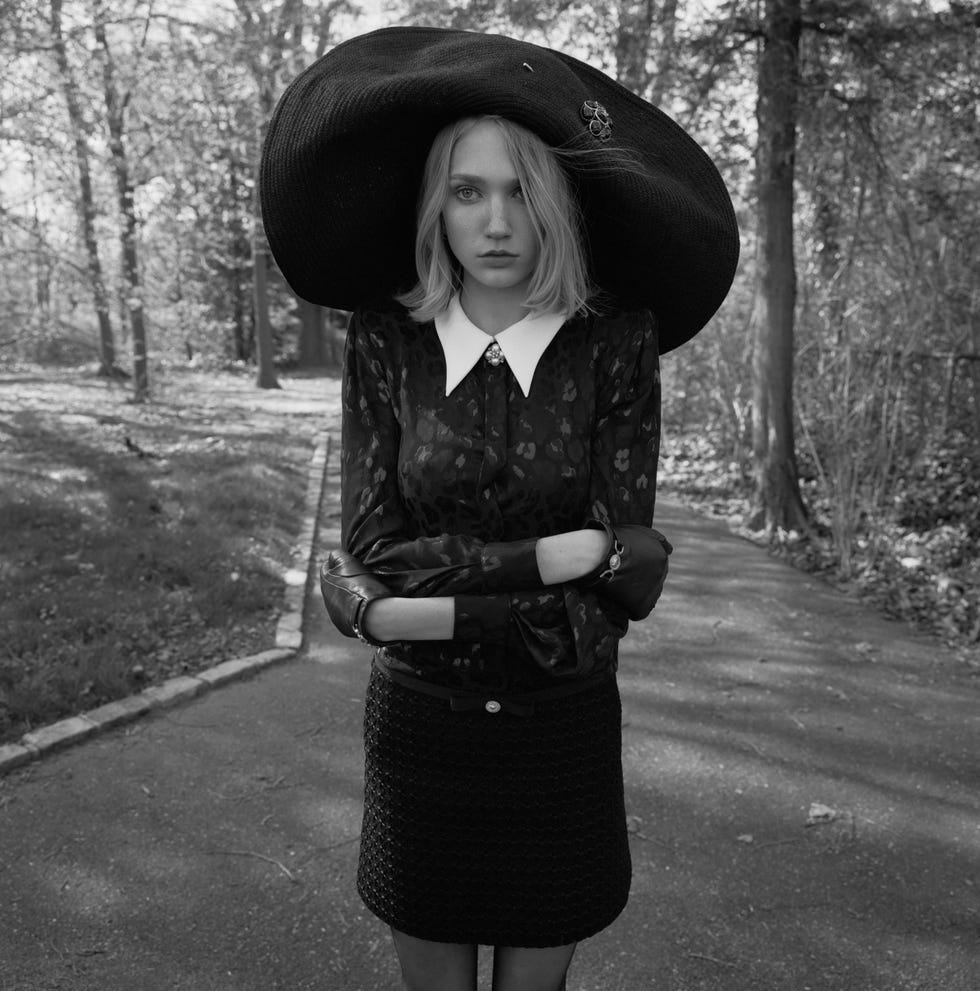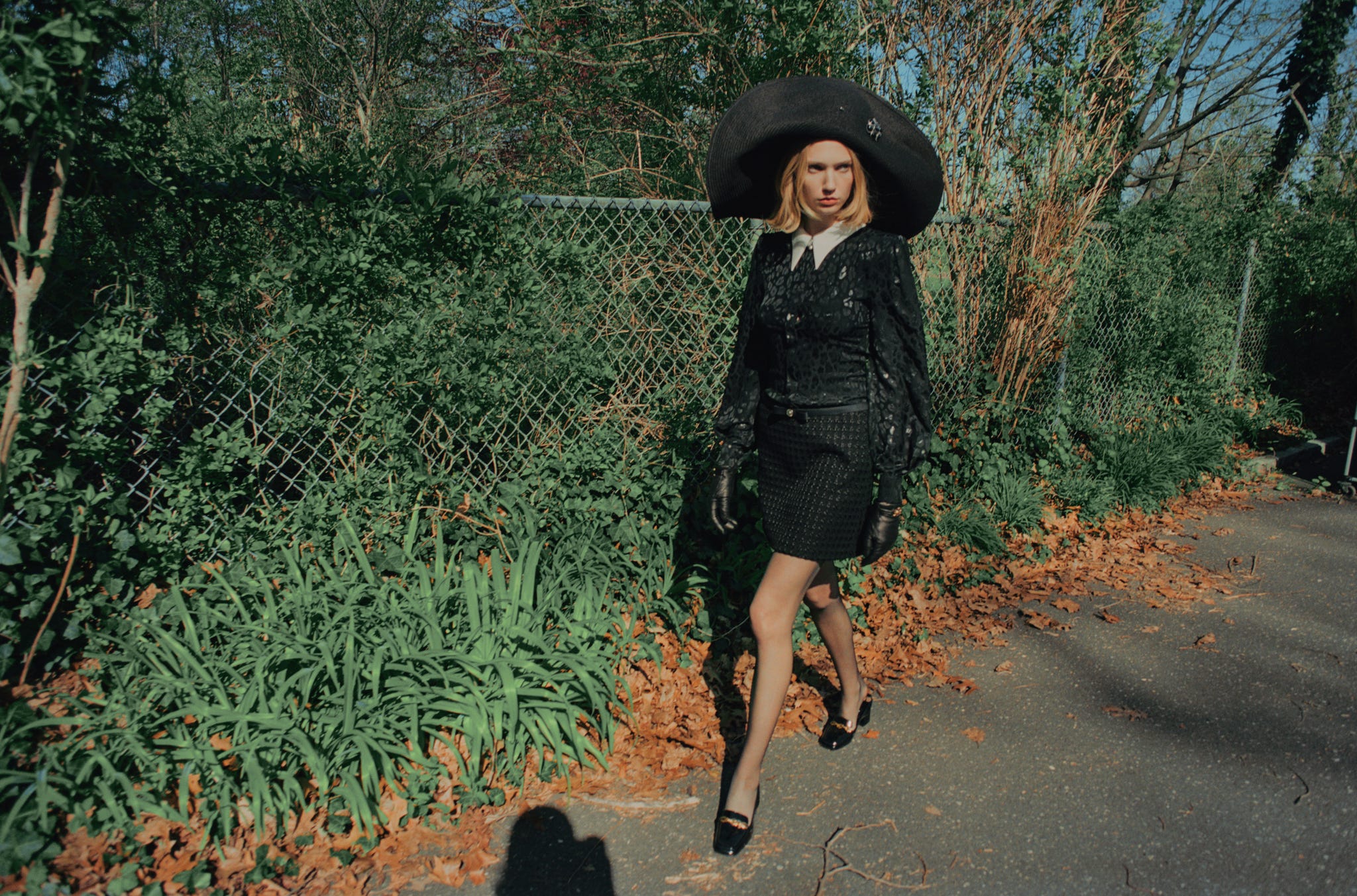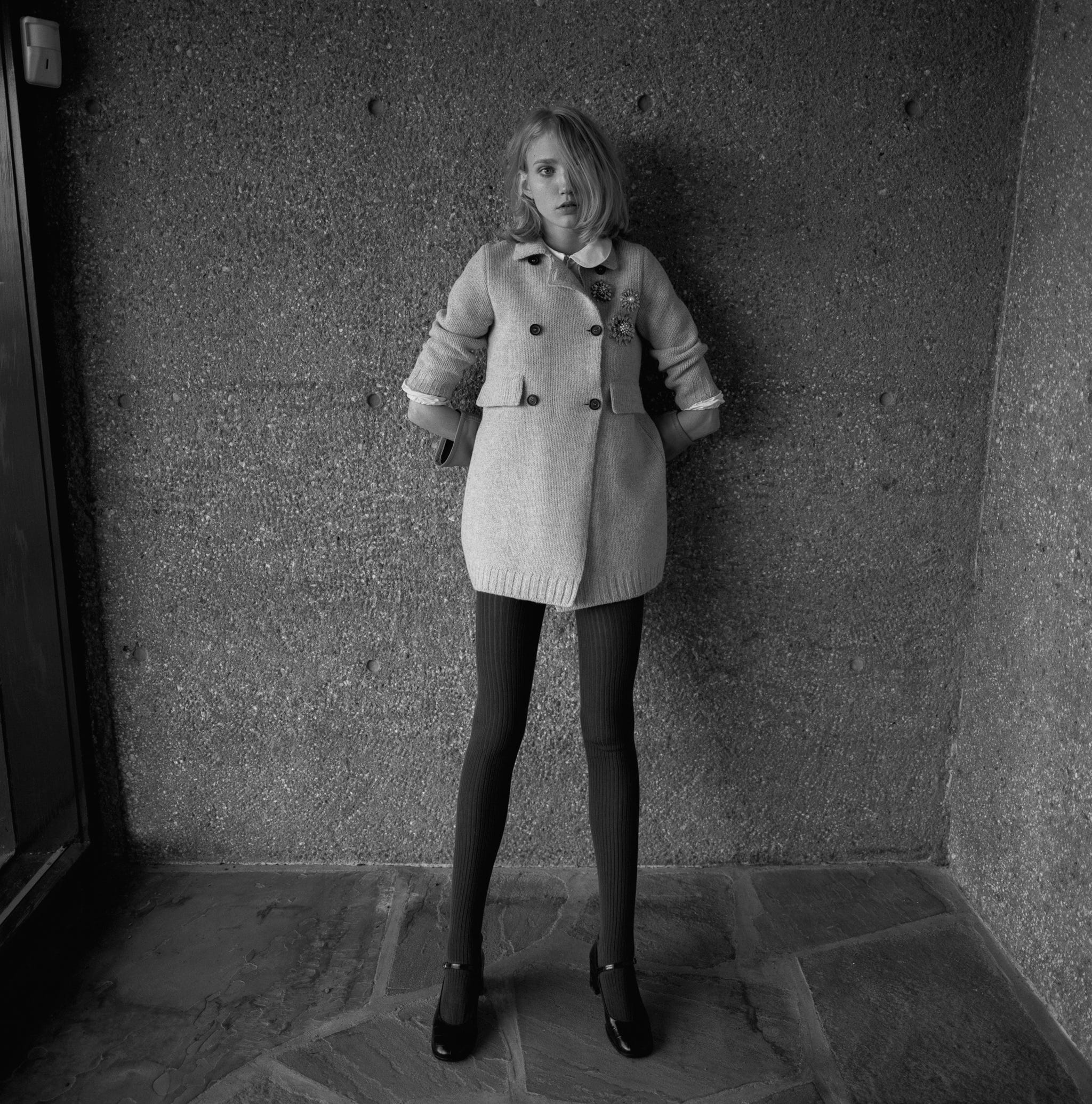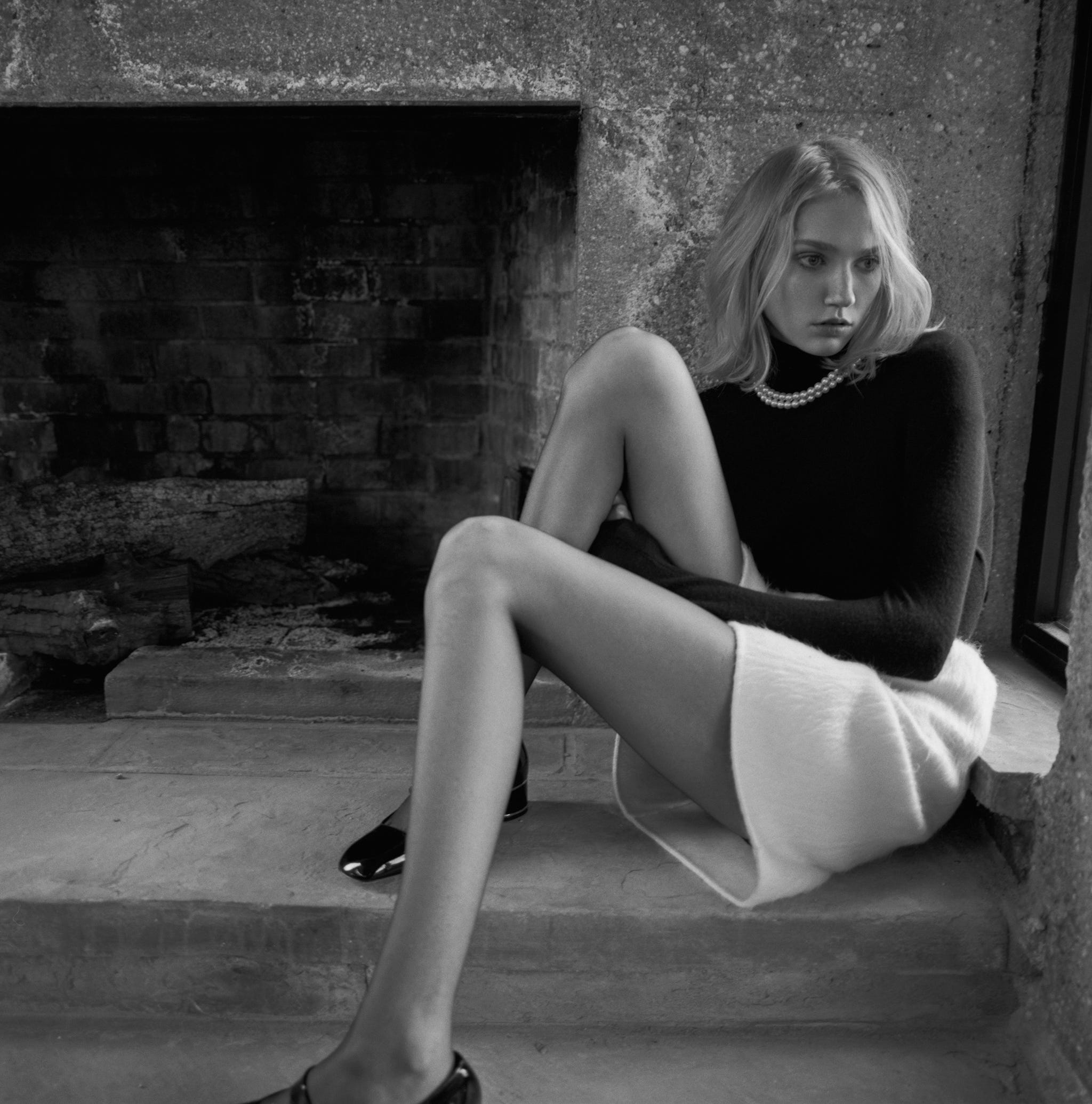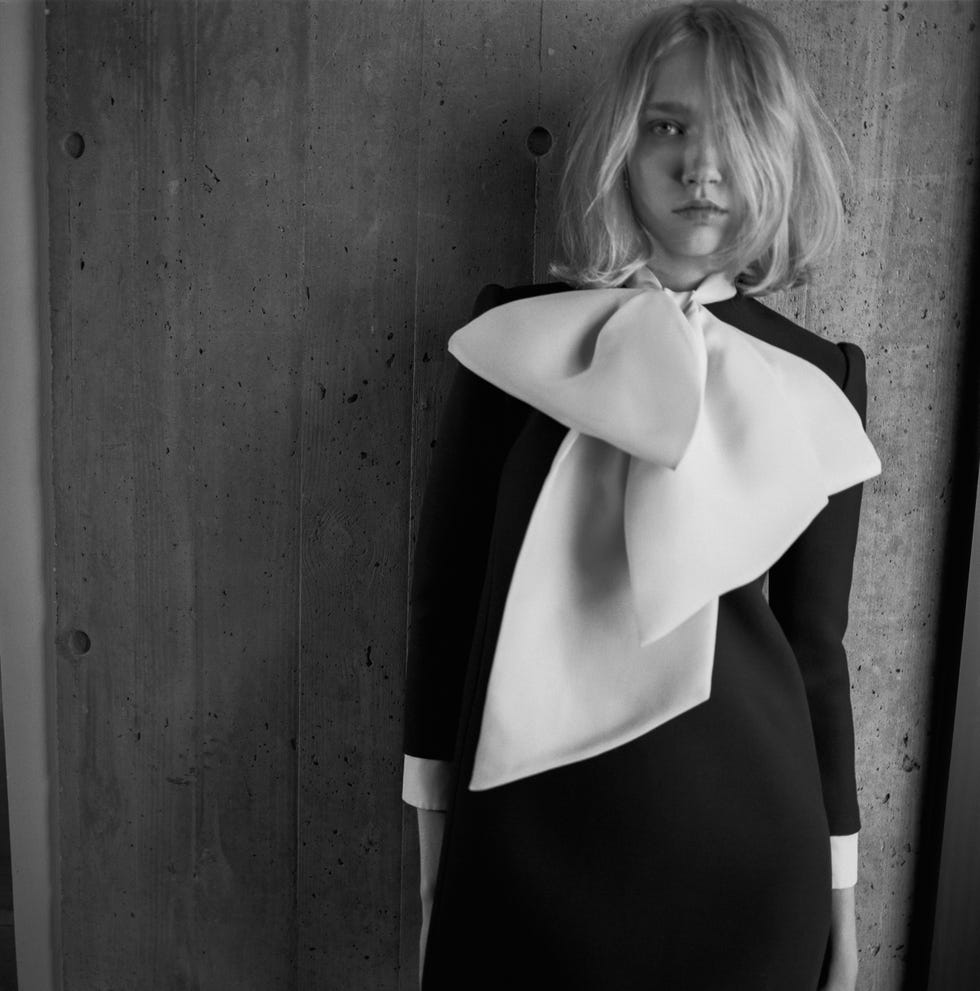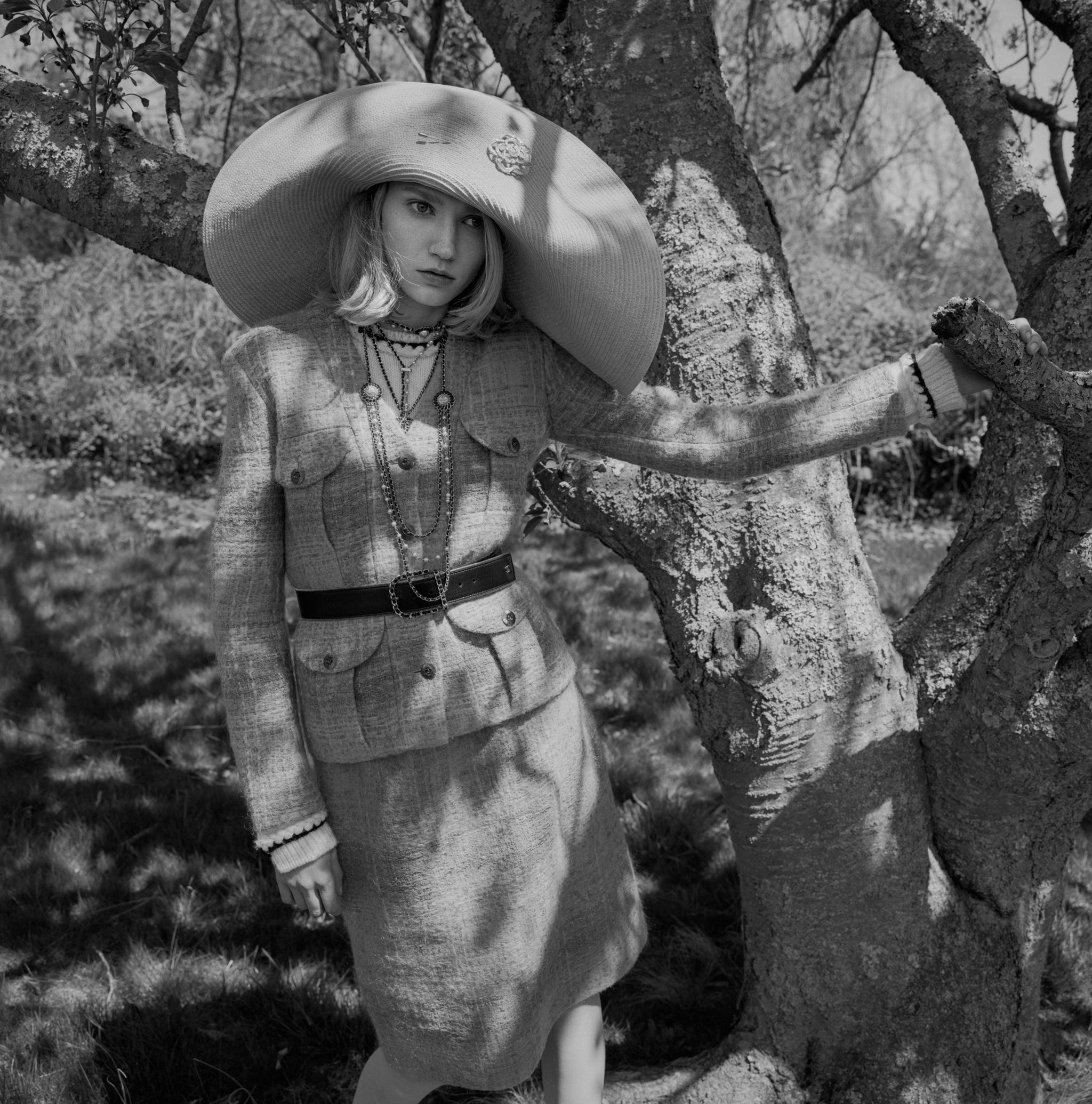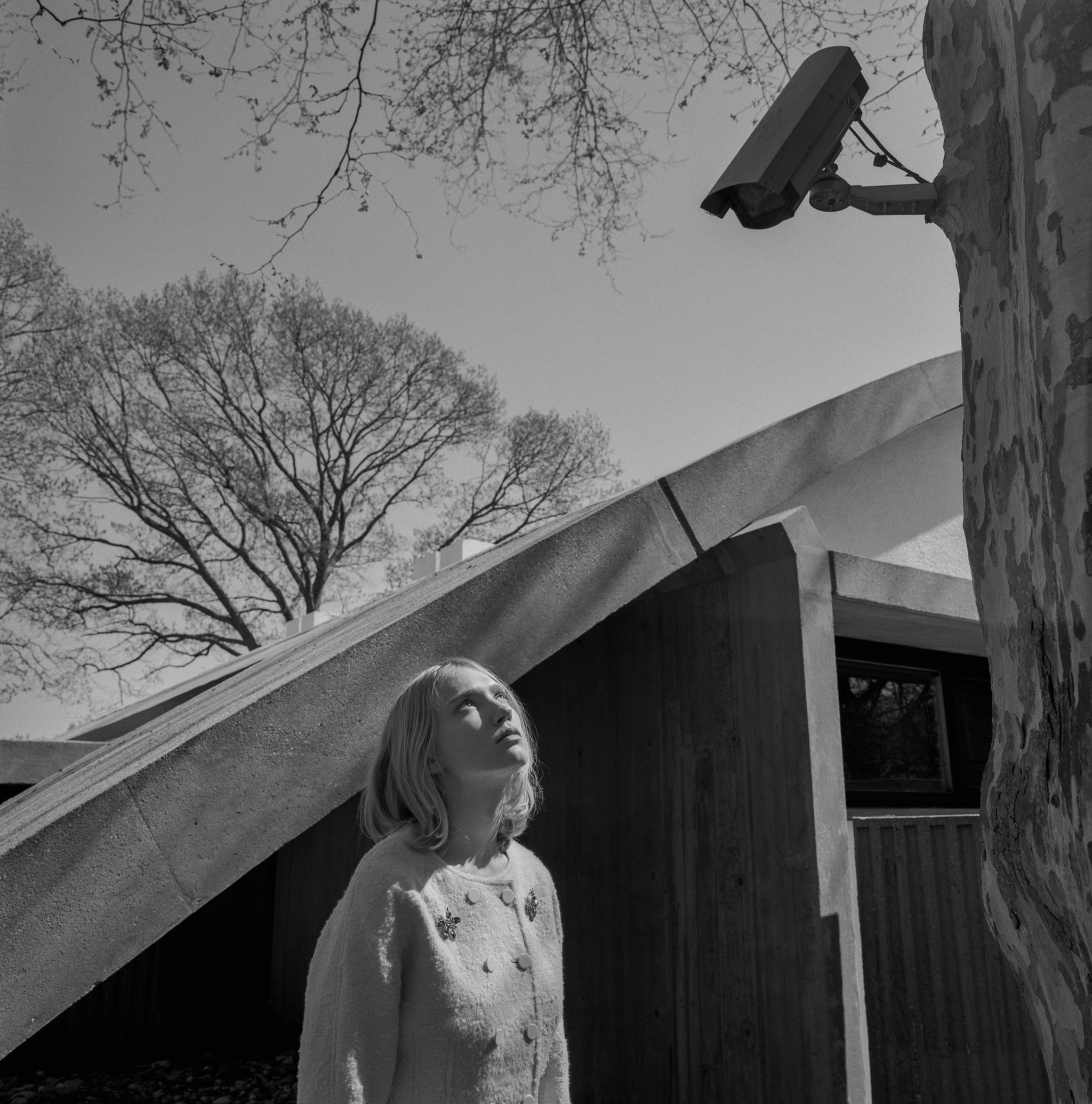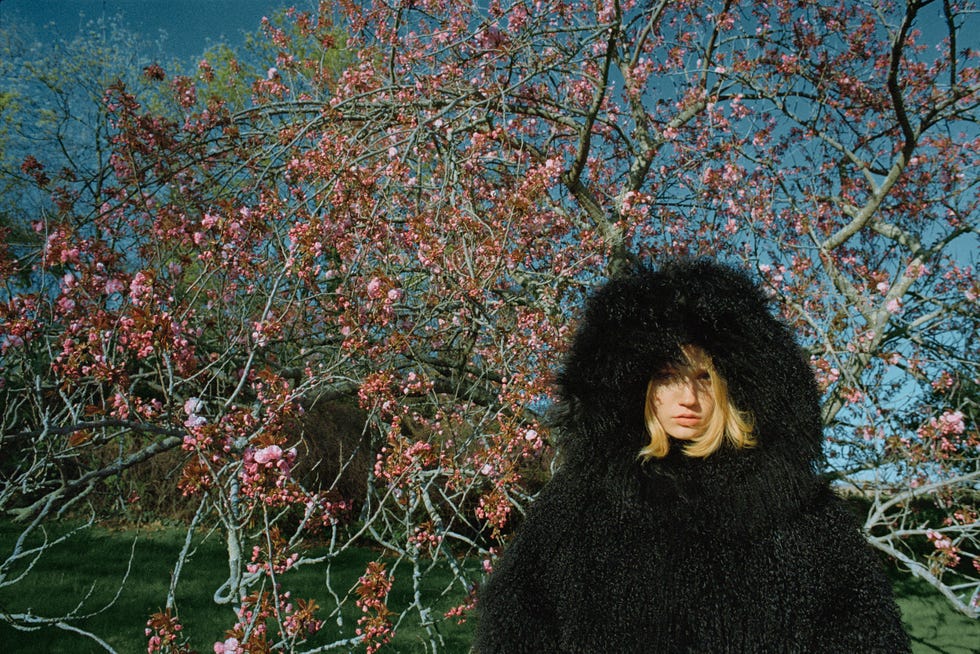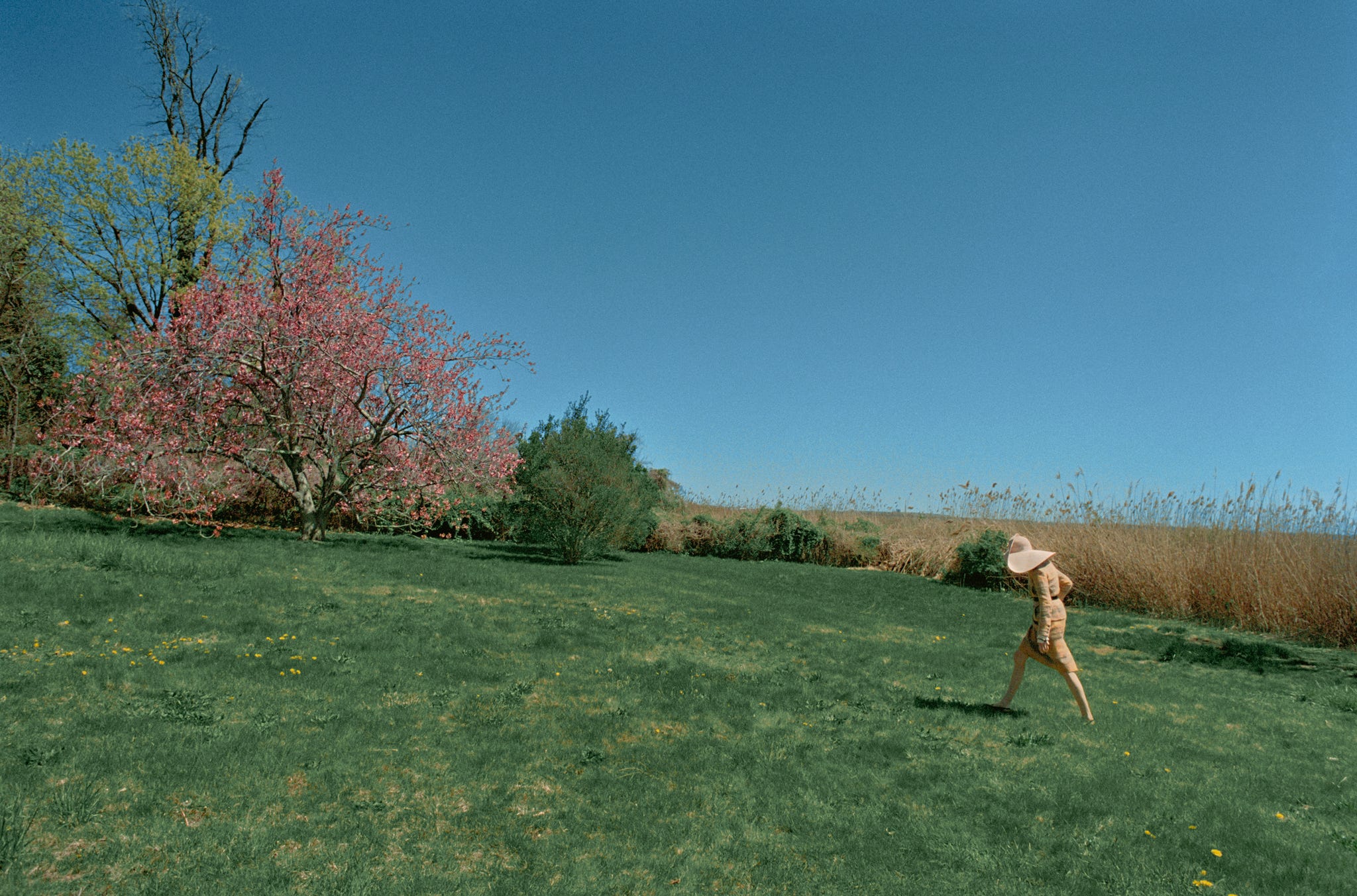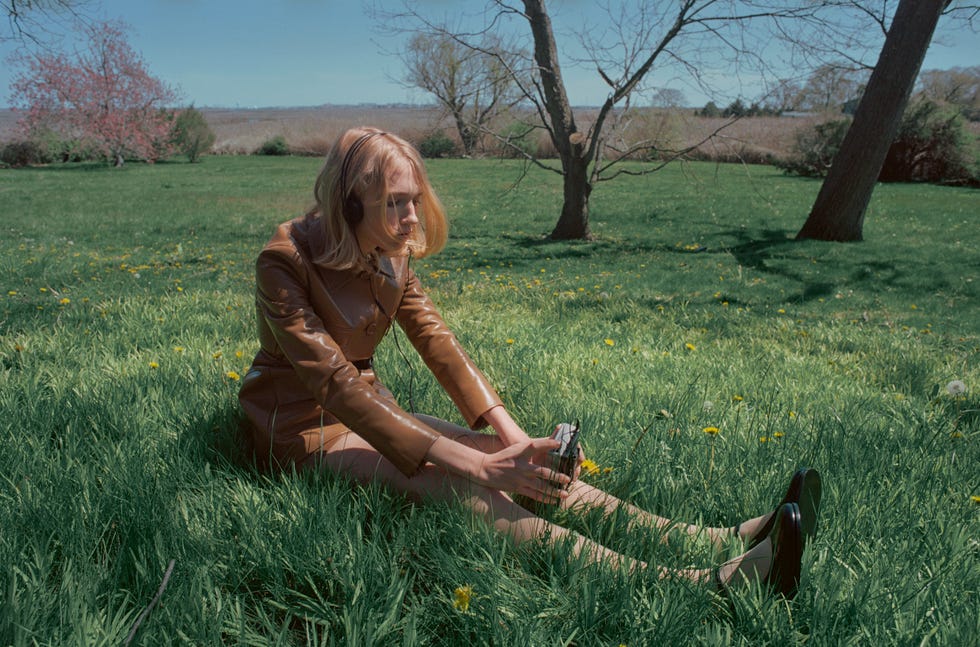In honor of our September issue, ELLE is partnering with Substack, enlisting some of the platform’s most-followed fashion writers to write essays accompanying our fall fashion shoots. First up: Emilia Petrarca, the mind behind the newsletter Shop Rat.
Fall is a bit like New Year’s in disguise, in the sense that, every year, it provides an opportunity for reinvention without any strings attached. For as long as I can remember, the arrival of September suddenly makes me ask myself: Who do I want to be? And how will my wardrobe help me get there?
Whether it’s back-to-work or back-to-school, the changing of the seasons makes you want to put your best foot forward—maybe in a pair of fresh, witchy Prada shoes, or a sporty Dries Van Noten sneaker. This year, though, I have to say: I’m a little stumped. I don’t have grand visions of a new, more interesting identity. I just want really good clothes. Is that boring? Am I getting old? Have I calcified into a stubborn, immutable rock?
My lack of inspiration has thrown me into an existential crisis. But thankfully, I don’t seem to be alone. Designers across the board—from Gucci’s Sabato De Sarno to Marc Jacobs to the dream team of Raf Simons and Miuccia Prada—seem intent on creating beautiful, well-crafted products with interesting silhouettes, rather than doing something overly ideas-driven or splashy for social media. And it seems that a number of them are turning to the 1960s, specifically, for inspiration.
Why? Well, the ’60s were a great era for capital-C clothes. I’m talking about classic pea coats, A-line skirts; microminis and boxy matching sets; pedal pushers and shift dresses. Tailoring was the focus and houses like Balmain, Balenciaga, and Givenchy took their couture sensibilities and translated them for the masses.
It’s an era designers—and shoppers—turn to over and over again, I think in part because it offers a reset, or a return to the classics in a way that doesn’t feel dry or stuffy. It was, after all, the decade of the “youthquake,” as Diana Vreeland called it, so it was colorful and maybe even a little naïve. There was a spirit of rebellion and reinvention was in the air. Space-age designers like André Courrèges, Paco Rabanne, and Pierre Cardin looked toward the future, and the Kennedys were a vision of a new way forward for America.
Today, we’re still talking about the Kennedys (although not so much their style), and Courrèges and Rabanne are part of the conversation once more, with fresh creative directors at the helm. So there are plenty of ways to reinvent yourself without reinventing the wheel. Just look at Marc Jacobs’s surreal tailoring. Personally, I’m looking forward to trying a more grown-up version of the “girlhood” trend, with edgier bows à la Prada, sleeker Mary Janes like Celine’s, sharper collars, and more sophisticated minis inspired by Gucci. Nobody puts baby in a corner.
Hair by Ward Stegerhoek and makeup by Francelle Daly, both at Home Agency; casting by Shaun Beyen at Plus Three Two; model: Tess Breeden at DNA Models; set design by Jacob Burstein at MHS Artists; produced by Dana Brockman at viewfinders.
A version of this story appears in the September 2024 issue of ELLE.
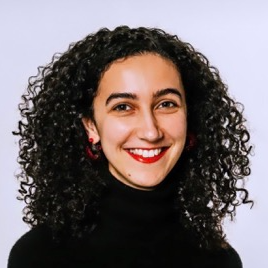
Emilia Petrarca is a Brooklyn-based freelance writer covering fashion and culture. She previously worked at New York Magazine’s The Cut, where she spent five years obsessing over everything from going-out tops to Anna Wintour’s lunch to The RealReal. Her work has since been featured in The New York Times, T Magazine, The Wall Street Journal, and more. She also took *that* video of Larry David at NYFW.

